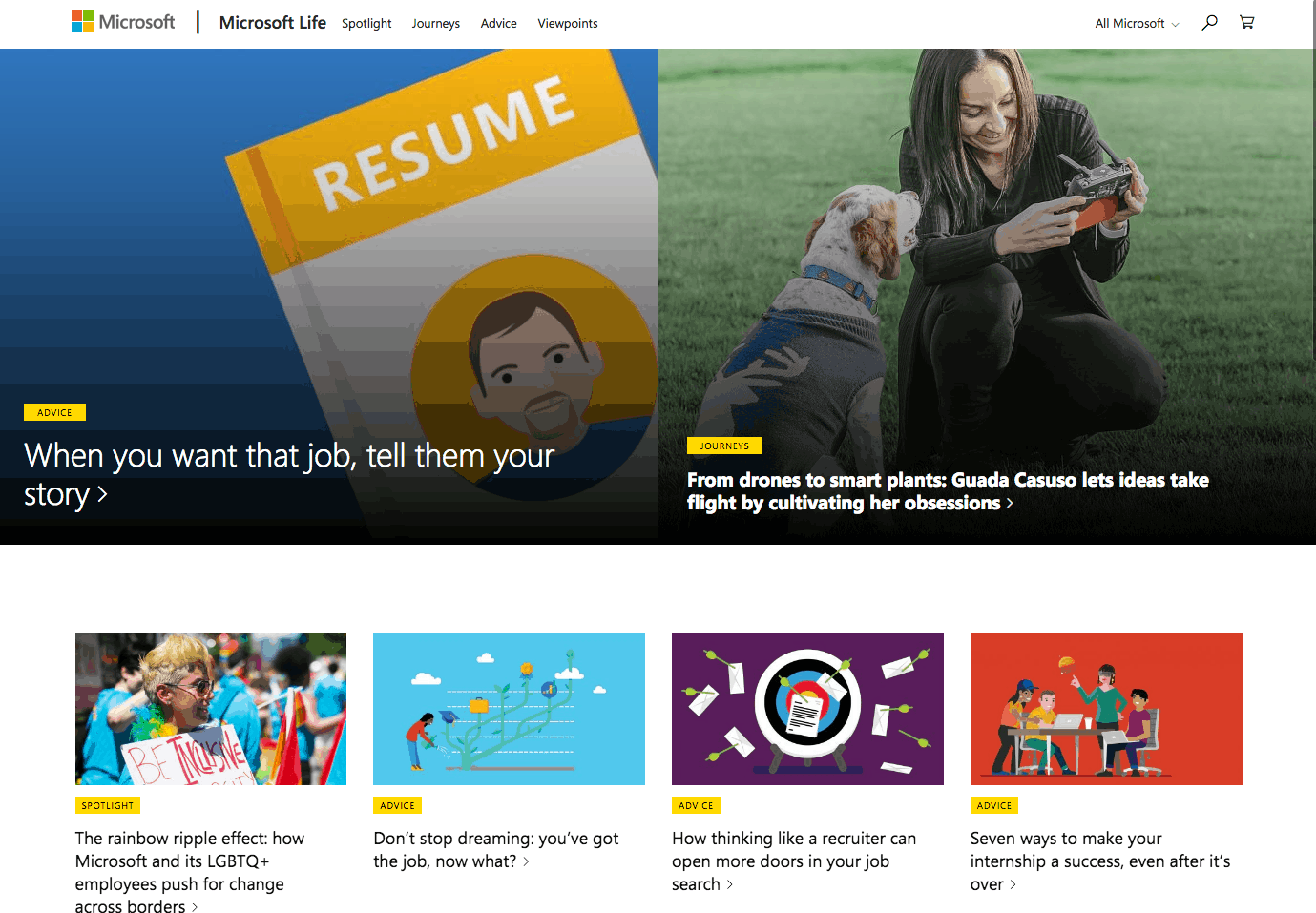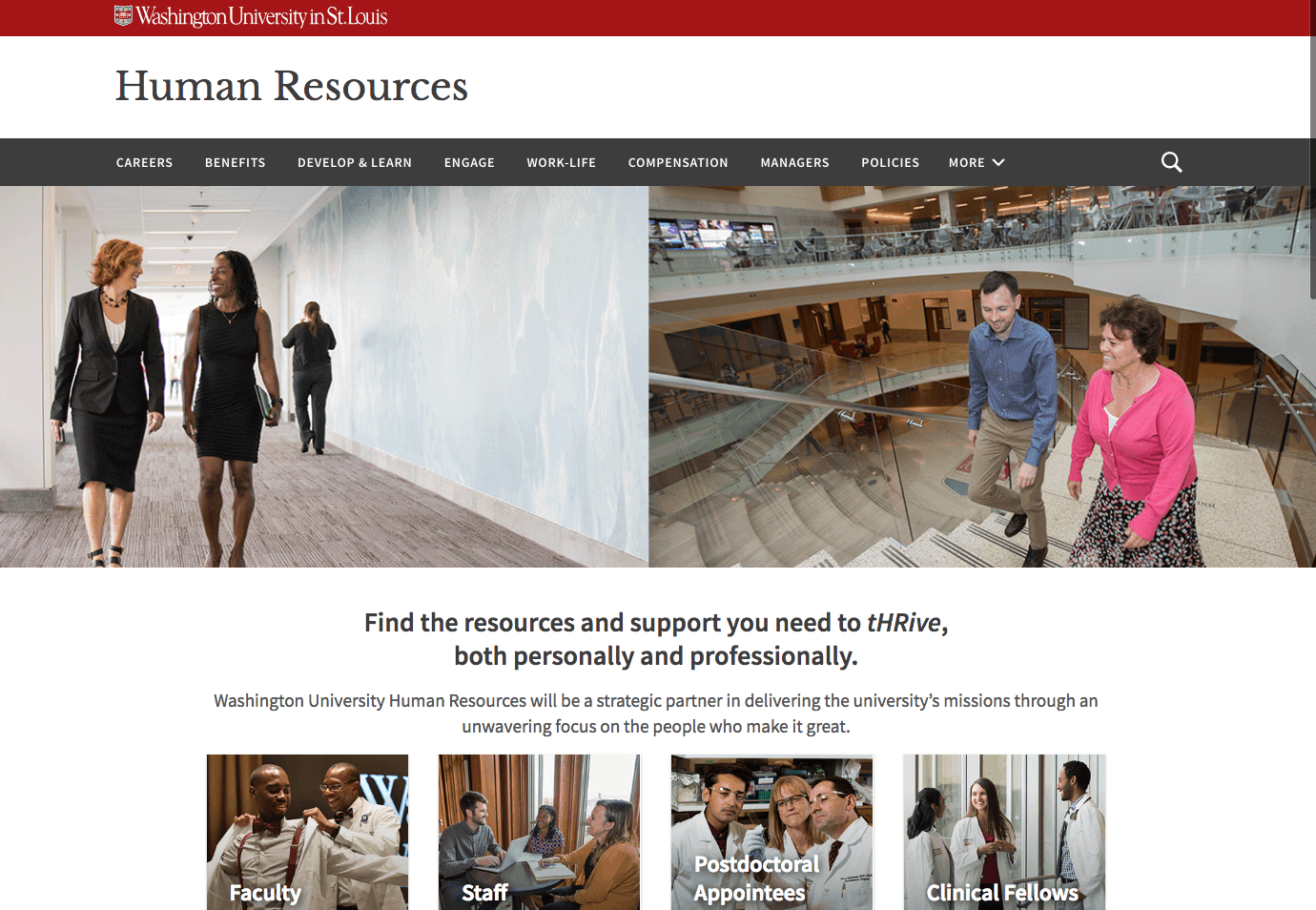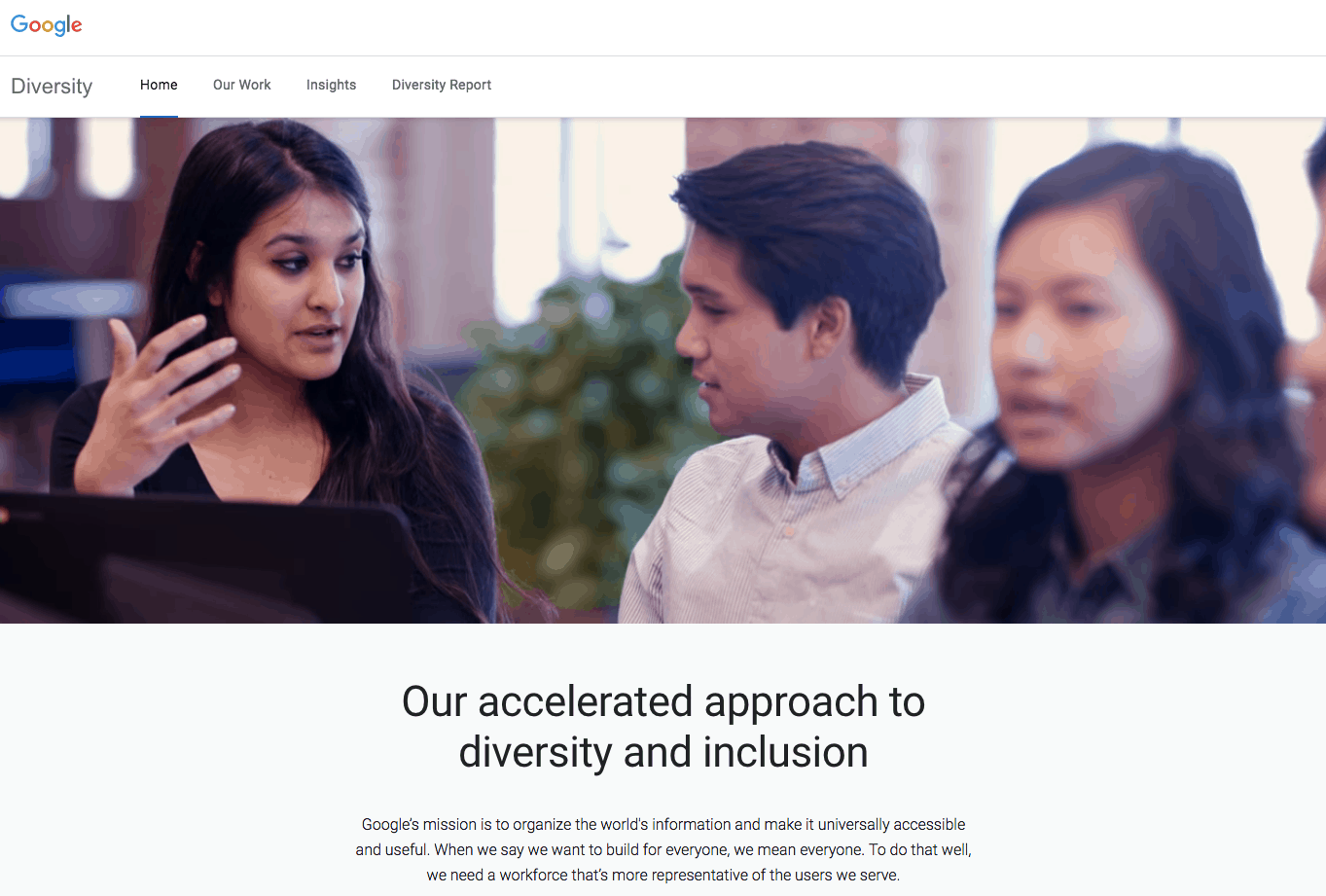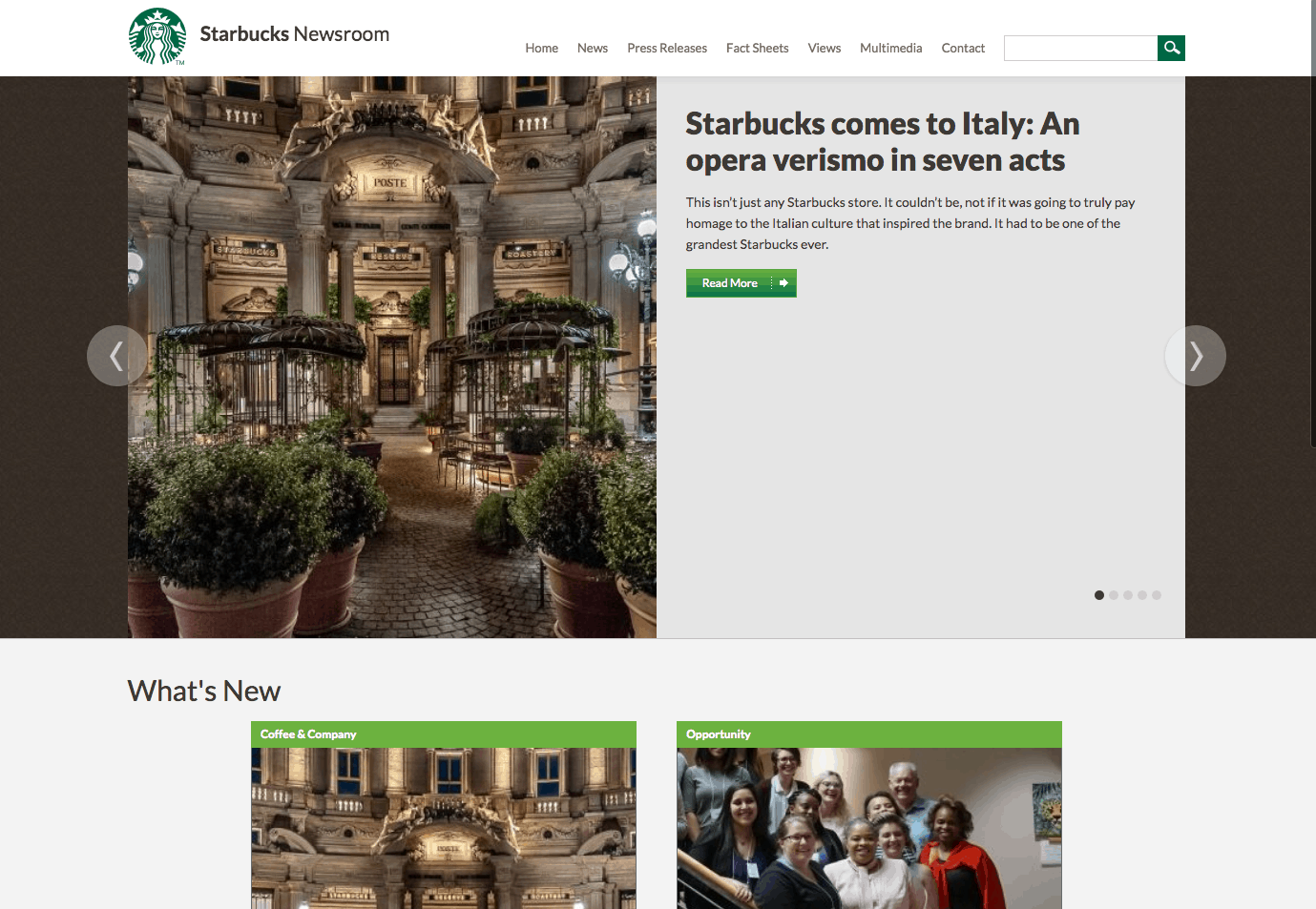Storytelling
5 Companies Creating Purposeful & Engaging HR Content
Think back to the last time you were searching for a job. As you were researching, which companies looked like great places to work? More importantly, what made them seem that way?
Content marketing may be known primarily for lead generation and sales enablement, but it can also be a huge asset for human resources and recruitment. Companies create HR content to attract capable new hires with great resumes, and those same assets can be leveraged to keep employees happy during their tenure.
Since many of us spend more than 40 hours a week working in a single location—or with a specific team—it behooves a brand to educate professionals on what that experience is like. Plus, at larger companies with thousands of employees, HR content gives employees a central location to see what others are up to, learn about new policies, and find the latest news.
Here are five companies that have figured out how to blend culture, messaging, and human resources.
Microsoft Life
Microsoft is one of the largest companies on earth, rivaling Apple, Alphabet and Amazon, which means its human resources content is delivered to 131,000 people—that’s more people than the entire population of New Haven, Connecticut. So how does the brand keep all those employees informed, comfortable, engaged and on board? Through content, of course.

Microsoft Life, the company’s hub for HR-related content, posts video interviews with employees, outlines internal initiatives, offers resources like a guide to LGBT allyship at work, and publishes features like “Engineering training for women, by women.”
Washington University in St. Louis
Colleges and universities are typically effective at content marketing because they have a deep well of stories to draw from that don’t have to include explicit promotion for the school. Student, faculty, post-docs, fellows, and staff members rely on independent research and academic rigor.

Washington University in St. Louis stands out by aiming some of its content at employees rather than investing solely in a student body. The internal blog is an unusually candid look at their methods of employment. As a result, the whole brand comes off more trustworthy and detail-oriented.
Pepsico Jobs
Pepsico has an entire social media channel dedicated to prospective employees. This isn’t unheard of for global companies that have thousands of employees. But where Pepsico stands out is showcasing the breadth of smaller brands that exist under the main corporate umbrella. The content emphasizes health-conscious beverages, which might seem strange if you think about Pepsi’s sugar content—but keep in mind the corporation also owns Quaker Oats, Naked, Tropicana, Sabra, Stacy’s, and Gatorade.
The jobs Twitter account regularly posts spotlight content on employees and “how it’s made” style videos. For the finishing touch, the account often retweets CEO Indra Nooyi as she blogs and visits company offices around the world.
https://twitter.com/IndraNooyi/status/1036626287450882048
Google Diversity
Google has been in the news quite a bit for diversity over the last few years, and not always for good reasons. In order to get ahead of that potentially bad PR, Google has been carefully publishing content on diversity, including updated run-downs of the company’s hiring strategies and videos of Google employees talking with high-profile POC about their attempts to widen their net.

That means employees and curious consumers alike get a unique look inside the company’s structure, one based on data as opposed to promotional language. Google’s diversity content helps the brand to present the challenges—and failures—on its own terms, which means any mainstream publication that covers Google’s annual diversity report is always the second source to the story.
Starbucks
Starbucks HR content tends to skew a little more promotional than the other sources on the list, but its News and Features page is still a top example of how to manage internal content. Stories that other brands might limit to a press release get feature treatment. You can explore Starbucks expanding into Italy and Shanghai through feature writing, docuseries, and photo galleries.

By publishing prime quality HR content, Starbucks creates a chain reaction of positivity with its employees that eventually reaches its customer base. The brand even gets to sound off on subjects seemingly unconnected to coffee because of their internal stats; 2017’s guide to supporting those with military spouses deployed overseas points out that many Starbucks employees live this exact scenario.
The company keeps its employee benefits and healthy professional culture at the forefront of everyone’s minds, making employees feel secure in their positions. When you buy into a brand that treats its people well, you’re associating yourself with it. At the center of that feel-good process, of course, is effective HR content.
Image by Bernard Hermant / UnsplashGet better at your job right now.
Read our monthly newsletter to master content marketing. It’s made for marketers, creators, and everyone in between.




